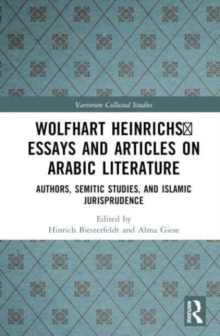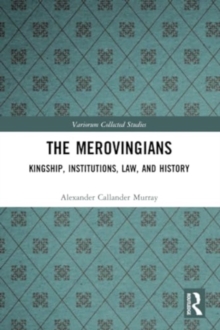
Power, Administration and Finance in Mughal India Hardback
by John F. Richards
Part of the Variorum Collected Studies series
Hardback
Description
From the mid-16th to the early 18th centuries the Mughal empire was the dominant power in the Indian subcontinent. Contrary to what is sometimes suggested, John Richards argues that this centralised state was dynamic and skillfully run. The studies here consider its links with the wider early modern world, and focus on three related aspects of its history. The first concerns the nature of imperial authority, in terms both of the dynastic ideology created by Akbar and his successors, and the extent to which this authority could be enforced in the countryside. The second aspect is that of fiscal and monetary policy and administration: how did the Mughals collect, track and expend their vast revenues, and what effects did this have? Finally, the author asks why the system could not cope with the changes it had helped engender, and what were the weaknesses and pressures that led to the breakup of the empire in the first decades of the 18th century. De la moitié du 16e siècle au début du 18e, l’empire moghol était le pouvoir dominant du sous-continent indien. Contrairement à ce qui peut parfois être suggéré, John Richards soutient que cet état centralisé était dynamique et adroitement mené. Les études examinent ses liens avec le reste du monde moderne et se concentrent sur trois aspects de son histoire. Le premier concerne la nature de l’autorité impériale, en termes d’idéologie dynastique, telle qu’elle avait été créée par Akbar et ses successeurs et du point jusqu’auquel cette autorité pouvait être imposée dans les milieux ruraux. Le second aspect est celui de l’administration et de la politique fiscale et monétaire: comment les Moghols faisaient-ils pour collecter, retrouver et dépenser leurs vastes revenus et quel était l’effet d’une telle politique? Enfin, l’auteur cherche à savoir pourquoi ce système n’arrivait pas à faire face aux changements qu’il avait contribué à engendrer et quelles avaient été
Information
-
Out of stock
- Format:Hardback
- Pages:320 pages
- Publisher:Taylor & Francis Ltd
- Publication Date:21/10/1993
- Category:
- ISBN:9780860783664
Information
-
Out of stock
- Format:Hardback
- Pages:320 pages
- Publisher:Taylor & Francis Ltd
- Publication Date:21/10/1993
- Category:
- ISBN:9780860783664










